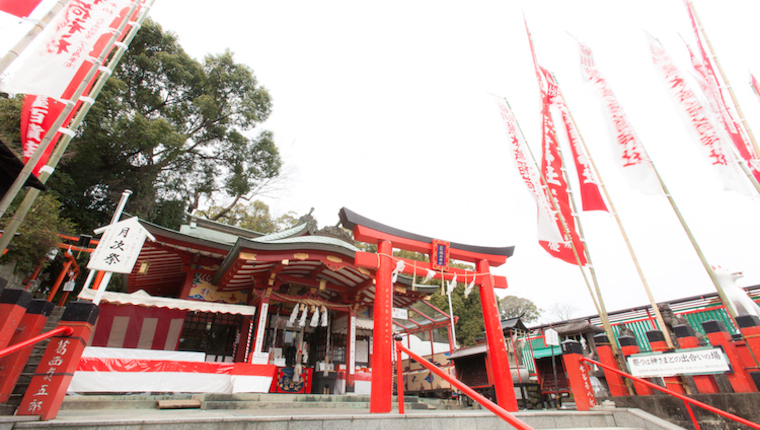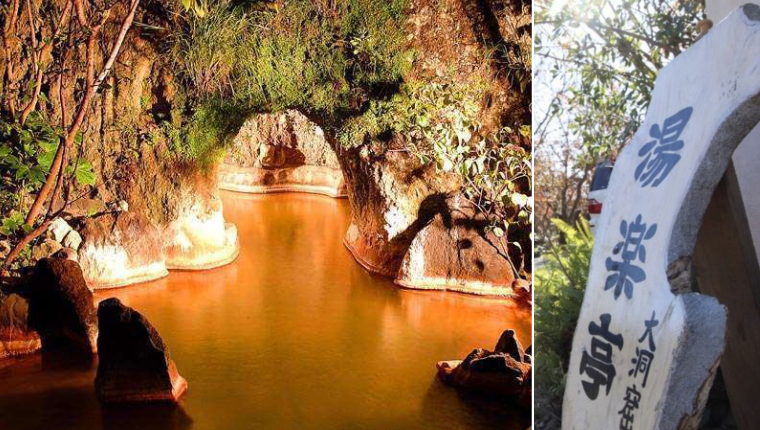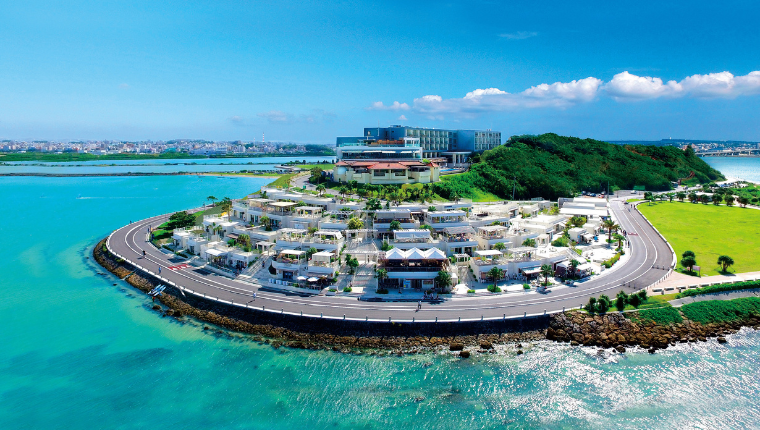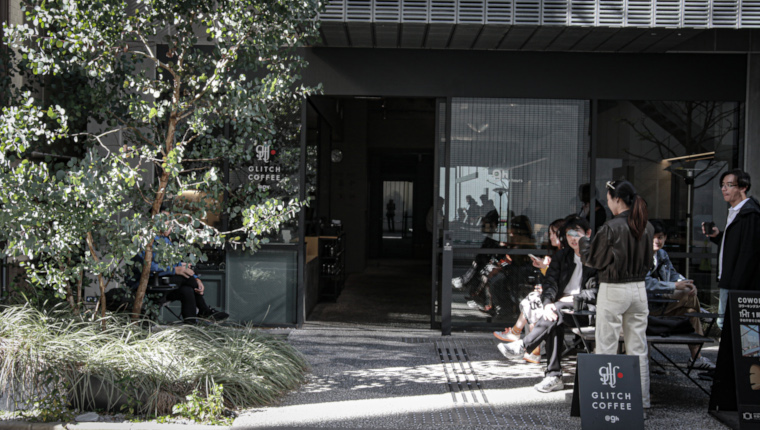Explore Amakusa, Kumamoto — Where Christian Heritage, Nature, and Cuisine Come Together

Amakusa in Kumamoto Prefecture is a special destination blessed with beautiful nature, hot springs, fresh seafood, and rich Christian heritage that still lives on today. This group of over 120 islands offers seasonal scenery and local flavors throughout the year. One must-visit spot is the Amakusa Christian Museum, about a 10-minute drive from Amakusa Airport. The museum displays around 150 artifacts illustrating the region’s Christian history and stands in Shiroyama Park, famous for its spring cherry blossoms. The area was also a key battleground during the Shimabara-Amakusa Rebellion in 1637, where Amakusa Shirō and his followers fought the shogunate army. A visit here is a chance to explore not only the living Christian heritage of Amakusa, but also its nature, local cuisine, crafts, and way of life.
Contents
The Hidden Christians Who Kept Their Faith Aliver
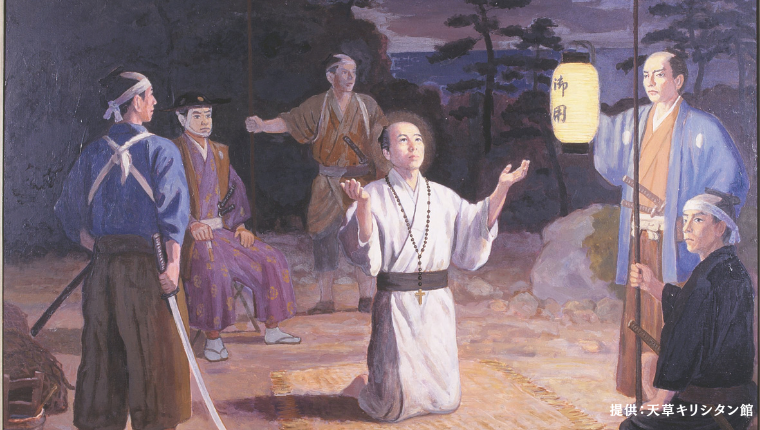 From the 17th to 19th centuries, the Edo shogunate strictly banned Christianity. Yet, some believers secretly kept their faith, passing it down through generations without priests. Known as Hidden Christians, they quietly continued their prayers for over 250 years, blending Christian beliefs with local Shinto and Buddhist practices.
Sakitsu Village in Amakusa preserves the story of those who kept their faith during the ban on Christianity. It’s now part of the UNESCO World Heritage Site “Hidden Christian Sites in the Nagasaki Region,” recognized in 2018.
From the 17th to 19th centuries, the Edo shogunate strictly banned Christianity. Yet, some believers secretly kept their faith, passing it down through generations without priests. Known as Hidden Christians, they quietly continued their prayers for over 250 years, blending Christian beliefs with local Shinto and Buddhist practices.
Sakitsu Village in Amakusa preserves the story of those who kept their faith during the ban on Christianity. It’s now part of the UNESCO World Heritage Site “Hidden Christian Sites in the Nagasaki Region,” recognized in 2018.
Amakusa Shirō — The 16-Year-Old Charismatic Leader
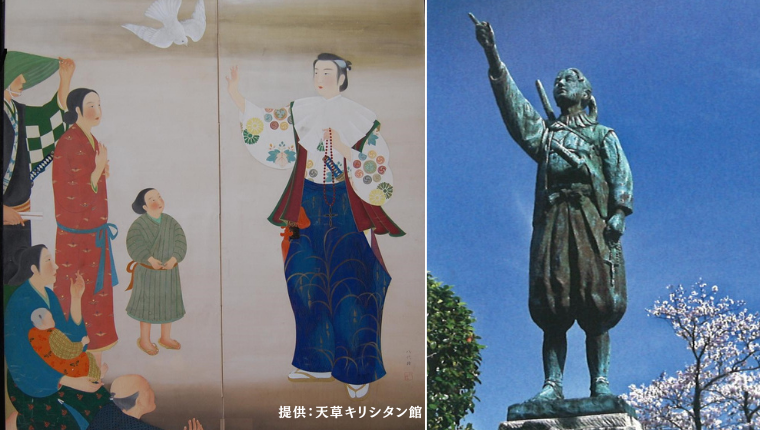 During the Shimabara-Amakusa Rebellion, Amakusa Shirō became the leader of the uprising at just 16 years old. Seen as a symbol of unity and hope, he was revered by the people as the “Child of God.” Though his life ended tragically, his courage and leadership left a lasting mark on Japan’s history, and his story continues to be told today.
During the Shimabara-Amakusa Rebellion, Amakusa Shirō became the leader of the uprising at just 16 years old. Seen as a symbol of unity and hope, he was revered by the people as the “Child of God.” Though his life ended tragically, his courage and leadership left a lasting mark on Japan’s history, and his story continues to be told today.
Limited-Time Exhibit: The Battle Flag of Amakusa Shirō
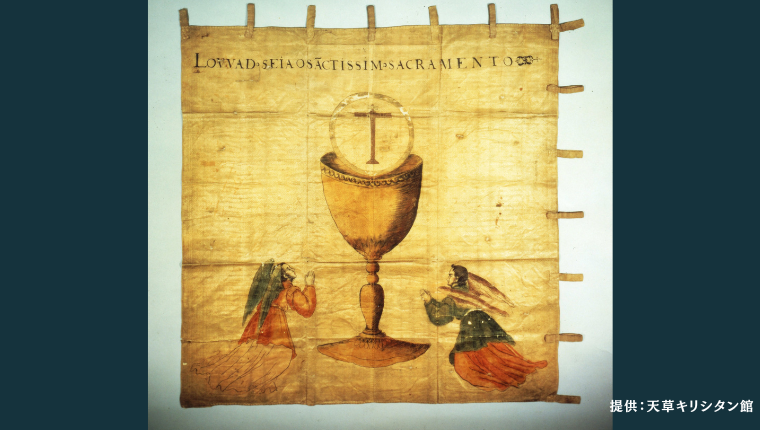 The Battle Flag of Amakusa Shirō, a powerful symbol of the rebels who defended Hara Castle and were besieged by the shogunate army in 1638, was seized during the final battle. Now designated as a National Important Cultural Property, the flag depicts images of the Holy Grail, crosses, and angels, along with visible bullet holes and sword marks that speak of the fierce battle. The museum displays this historic flag along with other rare artifacts from the rebellion. It’s open to the public only four times a year for one week each, so check the official website before visiting.
The Battle Flag of Amakusa Shirō, a powerful symbol of the rebels who defended Hara Castle and were besieged by the shogunate army in 1638, was seized during the final battle. Now designated as a National Important Cultural Property, the flag depicts images of the Holy Grail, crosses, and angels, along with visible bullet holes and sword marks that speak of the fierce battle. The museum displays this historic flag along with other rare artifacts from the rebellion. It’s open to the public only four times a year for one week each, so check the official website before visiting.
Enjoy Spring Blooms at Shiroyama Park
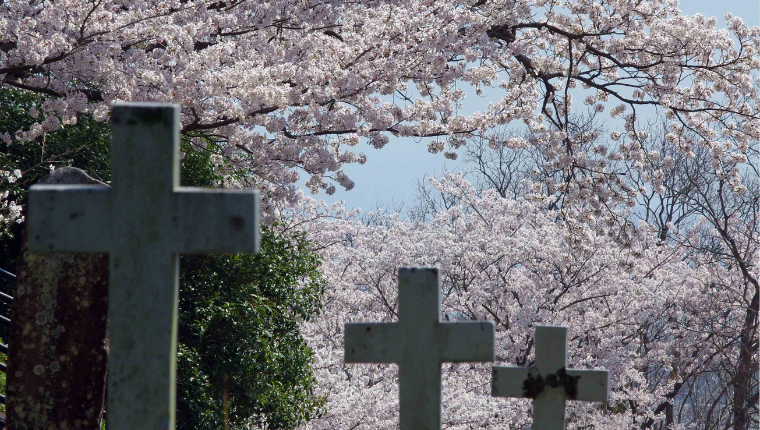 Shiroyama Park, where the museum stands, is not only rich in history but also a beloved cherry blossom spot. Within the park are a Christian cemetery, a statue of Christ praying for peace, and a memorial mound (Senninzuka, “Tomb of a Thousand People”) dedicated to those who lost their lives in the rebellion. Around 70 cherry trees bloom from late March to early April, drawing visitors who come to enjoy the harmony of nature and history in this peaceful setting.
Shiroyama Park, where the museum stands, is not only rich in history but also a beloved cherry blossom spot. Within the park are a Christian cemetery, a statue of Christ praying for peace, and a memorial mound (Senninzuka, “Tomb of a Thousand People”) dedicated to those who lost their lives in the rebellion. Around 70 cherry trees bloom from late March to early April, drawing visitors who come to enjoy the harmony of nature and history in this peaceful setting. About the Writer
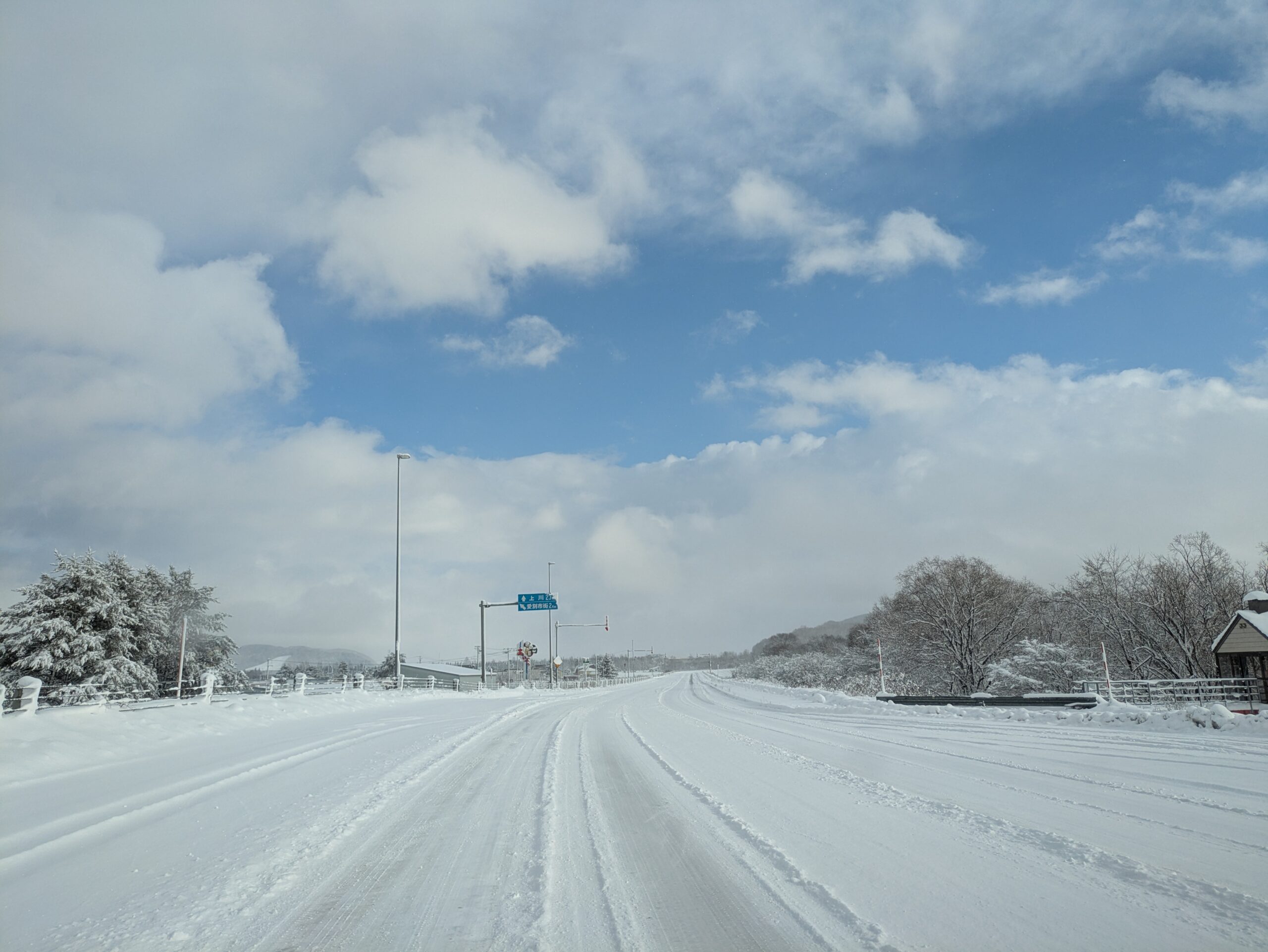
Sayaka Yano
Living in Hokkaido and a mother of two. I have been fascinated by Japanese culture since childhood, and even now, just seeing a castle makes me happy. I never miss movies or period dramas featuring ninjas! Japan is still full of wonderful regions and unique cultures that are not yet well known. I will share these hidden charms of Japan in a clear and enjoyable way.
Information
| Address | 12 Funenoomachi, Amakusa City, Kumamoto Prefecture (inside Shiroyama Park) |
|---|---|
| Website | https://hp.amakusa-web.jp/a0905/MyHp/Pub/ |
Manners to Follow
-
 No photography inside the museum
No photography inside the museum
Search by Keyword
What's Nearby



